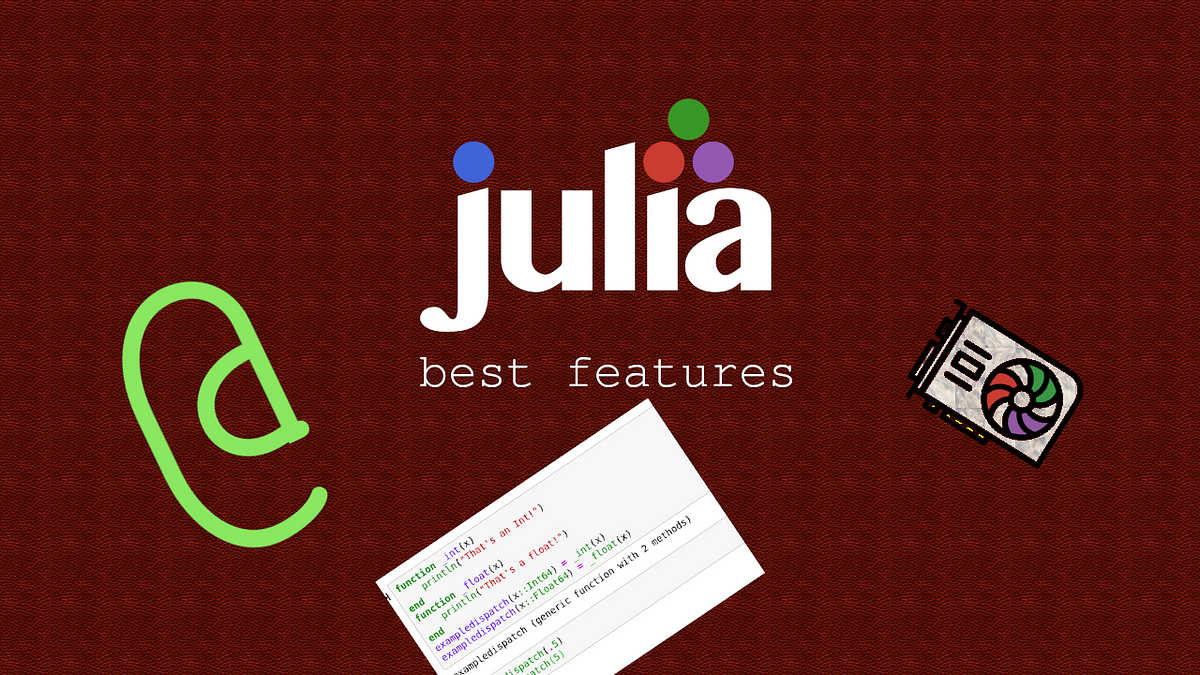Within the bounds of programming languages are programming concepts and paradigms. Many languages take advantage of both their paradigm, as well as interesting generic programming concepts to create features to differentiate themselves from other languages. However, these features are often limited in scope, and sometimes aren’t used frequently enough to even justify being around.
The Julia programming language is an interesting case because unlike most languages, Julia has some killer defining features that make it capable of various different things that you might not expect to go together. Though there is certainly an enormous list of fantastic features that the Julia language utilizes, these are five of those features that I find the most useful and engaging.
№1: Macros

Although macros are certainly not a new concept to programming, their implementation in Julia is rather unique and in my subjective opinion rather well done. Macros are “ shortcuts” that can be used to quickly and effectively access functions, and are incredibly useful when working with functional applications of the Julia language. In Julia, you can define a macro by simply using “ macro.”
macro add(num1,num2)
num1 + num2
end
And we can use the macro by adding the @ symbol before the name of the macro. The parameters can be added with white-space, no parenthesis or commas necessary!
#computer-science #programming #macro #julia #gpu #data science
